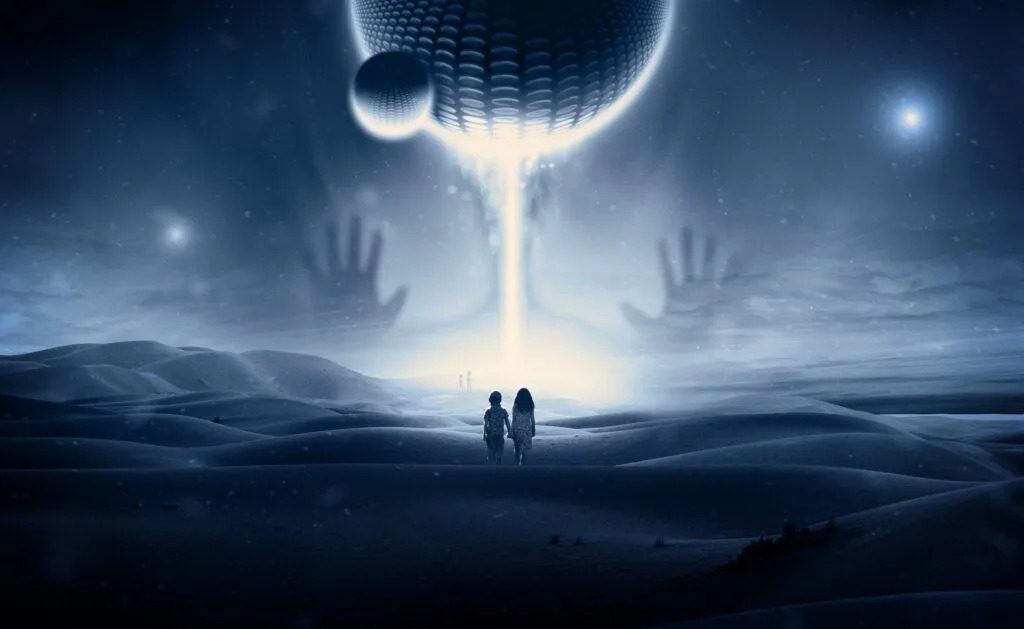
Science fiction has long been a genre known for its ability to explore complex themes, speculate about the future, and comment on contemporary society. Within the realm of science fiction, two distinct yet interconnected subgenres have emerged: social science fiction and satire in science fiction. In this article, we’ll delve into the characteristics of each subgenre and explore how they intersect to create thought-provoking and often humorous narratives.
Understanding Social Science Fiction:
Social science fiction, also known as sociological science fiction, focuses on exploring the social, cultural, and political implications of scientific and technological advancements. Instead of solely emphasizing scientific accuracy or futuristic technology, social science fiction delves into how these advancements impact society and individuals on a human level.
Key Characteristics of Social Science Fiction:
- Speculative Societies: Social science fiction often presents speculative societies that differ from our own, exploring alternative political systems, cultural norms, and social structures.
- Social Commentary: Through its speculative settings and narratives, social science fiction offers commentary on contemporary issues such as inequality, discrimination, environmental degradation, and the consequences of technological progress.
- Character-Driven Stories: While scientific and technological concepts play a role, social science fiction prioritizes character development and interpersonal relationships, focusing on how individuals navigate and respond to the societal changes around them.
Examples of Social Science Fiction:
- “Brave New World” by Aldous Huxley: This classic novel presents a dystopian society where technology and social engineering have created a highly stratified and controlled world.
- “The Handmaid’s Tale” by Margaret Atwood: Set in a near-future dystopia, this novel explores themes of gender oppression and religious extremism in a society where women are subjugated and stripped of their rights.
- “Black Mirror” (TV series): Each episode of this anthology series presents a standalone story that explores the dark side of technology and its impact on society, often drawing parallels to contemporary issues and trends.
Exploring Satire in Science Fiction:
Satire is a literary technique that uses humor, irony, and exaggeration to criticize and ridicule societal issues, institutions, and individuals. When applied to science fiction, satire adds an additional layer of commentary and critique, using futuristic or fantastical settings to satirize contemporary society and its shortcomings.
Key Characteristics of Satire in Science Fiction:
- Exaggeration and Absurdity: Satire in science fiction often employs exaggeration and absurdity to highlight the absurdities and contradictions of contemporary society.
- Social Critique: Through its comedic elements, satire in science fiction offers a sharp critique of social, political, and cultural norms, challenging readers to question and reflect on the status quo.
- Subversive Themes: Satirical science fiction often subverts traditional tropes and conventions of the genre, using humor and irony to disrupt expectations and provoke thought.
Examples of Satire in Science Fiction:
- “The Hitchhiker’s Guide to the Galaxy” by Douglas Adams: This comedic science fiction series satirizes various aspects of contemporary society, from bureaucracy and consumerism to religion and politics, through the adventures of an ordinary human and his alien companions.
- “Futurama” (TV series): Set in a futuristic world populated by robots, aliens, and other fantastical creatures, “Futurama” uses humor and satire to comment on a wide range of topics, including technology, capitalism, and the human condition.
- “Idiocracy” (film): In this satirical science fiction comedy, an average man is frozen in a cryogenic chamber and wakes up 500 years in the future, discovering that society has devolved into a dystopian, dumbed-down world due to rampant consumerism and anti-intellectualism.
The Intersection of Social Science Fiction and Satire:
When social science fiction and satire intersect, they create narratives that are not only thought-provoking but also entertaining and humorous. By combining speculative worlds with sharp social critique and comedic elements, these stories offer readers and audiences a unique lens through which to view and reflect on contemporary society.
Key Characteristics of the Intersection:
- Cultural Commentary: The intersection of social science fiction and satire allows writers to offer incisive commentary on contemporary issues and trends, using speculative settings and exaggerated scenarios to highlight societal absurdities.
- Multi-Layered Narratives: Stories that combine social science fiction and satire often feature multi-layered narratives that entertain while also encouraging deeper reflection and analysis.
- Balancing Seriousness and Humor: While addressing weighty themes and topics, these narratives strike a delicate balance between seriousness and humor, engaging readers and audiences with wit and satire.
Examples of Works at the Intersection:
- “Snow Crash” by Neal Stephenson: This cyberpunk novel combines elements of social science fiction with satire, offering a satirical take on corporate power, consumer culture, and the impact of technology on society.
- “The Space Merchants” by Frederik Pohl and Cyril M. Kornbluth: Set in a future where corporations wield immense power, this classic science fiction novel satirizes advertising, consumerism, and corporate greed.
- “Rick and Morty” (TV series): This animated sci-fi sitcom uses its absurd and fantastical premise to satirize a wide range of topics, including family dynamics, existentialism, and the nature of reality.
Conclusion:
Social science fiction and satire in science fiction are two distinct yet interconnected subgenres that offer readers and audiences unique perspectives on contemporary society and its potential futures. By exploring speculative worlds, critiquing societal norms, and injecting humor and wit, these narratives entertain, provoke thought, and encourage critical reflection on the human condition.







